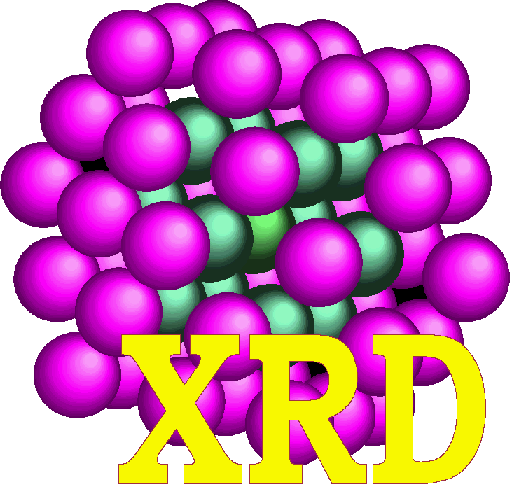Research
Finally our fundamental paper on a mechanism of CO oxidation on Au/CeO2 catalyst published !
21.01.2023
After 2 year struggle our paper questioning widely accepted in catalytic community Mars van Krevelen mechanism of CO oxidation has been published in Scientific Reports (https://www.nature.com/articles/s41598-023-28557-5 ). It was a challenge ! In catalysis most high ranked publications have to follow a common route: propose a new catalyst, characterize it by many acknowledged (usually ex-situ) methods and prove its high activity/selectivity in important reaction. People are aware that many subtle effects matter so the techniques and procedures are supposed to be standard to compare the results with peers results. Usually there is no mention of repeatability. However to understand the phenomena we have to propose original, new experiments like the proposed by Maria Flytzani-Stephanopoulos etching of metal from a supported catalyst or exploited in the past inverse catalysts (support on metal). In our work we studied well dispersed, highly loaded (nearly 9% wt) gold on ceria and monitored CO oxidation reaction for not diluted stoichiometric mixture of CO and oxygen. This obviously led to the famous "light-off" effect when the strong exothermic reaction act releasing 283 kJ/mol causes appearance of hot spots. We could follow their local temperature by mixing the catalyst with small addition of internal standard - quartz powder. Monitoring thermal expansion of quartz via XRD revealed about 100K temperature difference between the catalyst grains and that measured as usual by thermocouple. This allowed us to determine the rate of convection loses and the Turn-Over-Frequency (TOF). It also confirmed the active sites (hot spots) releasing heat by conduction to the support- so being strongly bonded to the support.
The principal results consisted in precise monitoring of ceria lattice parameter evolution and of the gas atmosphere composition (MS) proving no oxygen exchange with ceria (in opposition to a common belief) having consequence in the mechanism. We could detect evolution of the lattice parameter due to the charge transfer (Ce4+ to Ce3+) even in response to chemisorption. The other result of precise (state of the art) analysis of the diffraction pattern evolution proves dynamic transport of gold species to the support and back to the gold crystals depending on the gas atmosphere. In summary, the results well support the reaction mechanism proposed in DFT study by Kim et al. J.Am.Chem.Soc. 134, 1560–1570, DOI: 10.1021/ja207510v (2012).
A large part of credit goes to Maciek Zieliński for his meticulous experiments during his PhD studies.



